Neither vegetable, nor animal, how do they eat, grow and reproduce?
The Symbiotes: Sixty percent of fungi live with trees or grass in a mutually beneficial symbiotic relationship, using mycorhyza as intermediaries for nutrition passing in both directions (ie the tree feeds the mushroom and the mushroom feeds the tree as they are able to process different nutritional elements). This includes boletes, russules (brittlegills), amanites, lactaires (milkcaps) and chanterelles.
Boletes.
Brittlegills.
Amanita.
Milkcaps.
Chanterelles.
The Decomposers: Thirty-five percent of fungi digest dead vegetable matter, dead animals and faeces. These species make the leaf litter and humus in the forest and include agarics, coprins (inkcaps), cortinaires (webcaps), lentins (shiitake), pholiotes and pleurotes (oysters).
Agarics.
Inkcap.
Webcaps.
Shiitakes.
Pholiotes.
Oysters.
The Parasites: Five percent of fungi digest still living vegetation and animals. They include polypores and ganodermes (brackets), collybies, and armillaires (honey fungi). They regulate the forest.
Polypore.
Collybia.
Ganoderma.
Honey fungus.
************************************************
For details of our private guided tours of chateaux, gardens, wineries, markets and more please visit the Loire Valley Time Travel website. We would be delighted to design a tour for you.
We are also on Instagram, so check us out to see a regularly updated selection of our very best photos.
We are also on Instagram, so check us out to see a regularly updated selection of our very best photos.

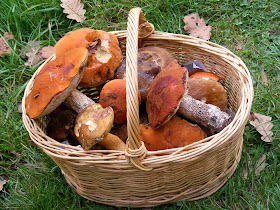
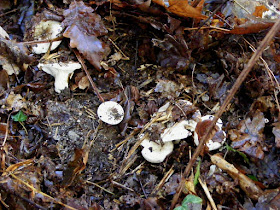

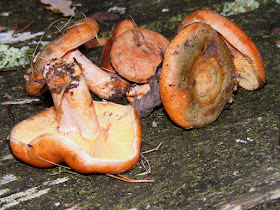
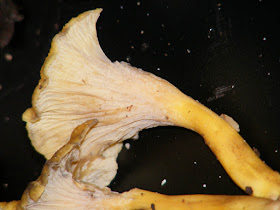
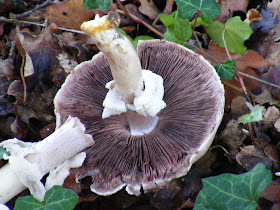

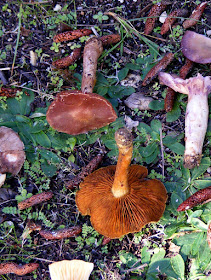
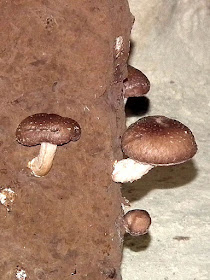
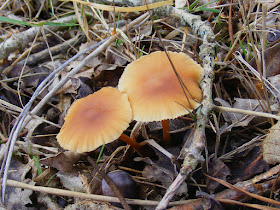



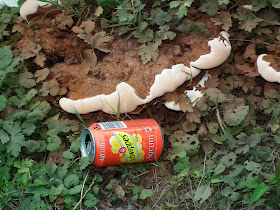

2 comments:
What photos! The first time, I think, that you've shown the inkcap. The oysters are amazing.
Thanks Sheila. The magpie inkcap is quite an old photo, so you may not remember it, but it has appeared on the blog before.
Post a Comment